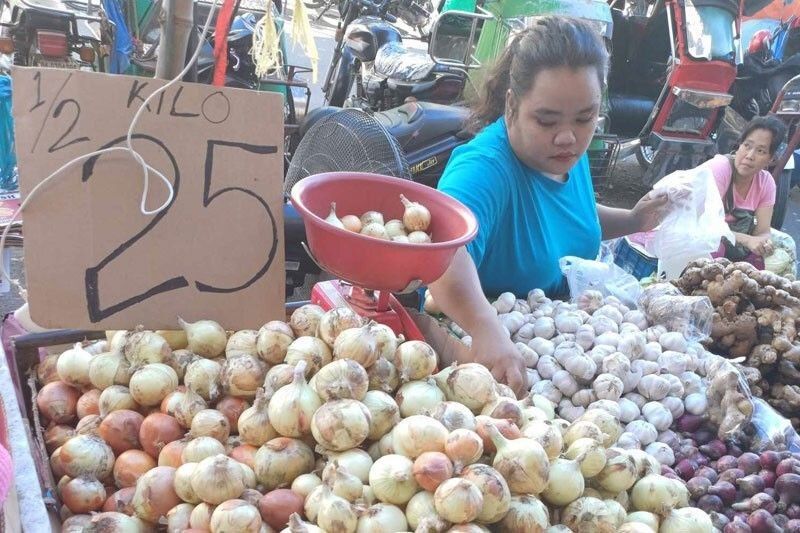Fight vs inflation far from over – BSP
Keisha Ta-Asan – The Philippine Star March 7, 2024 | 12:00am Red and white onions are being sold from 50 to 60 pesos per kilo at a public market in Lingayen, Pangasinan on February 3, 2024. Cesar Ramirez MANILA, Philippines — Bangko Sentral ng Pilipinas Governor Eli Remolona said it is too soon to declare […]


Keisha Ta-Asan – The Philippine Star
March 7, 2024 | 12:00am
Red and white onions are being sold from 50 to 60 pesos per kilo at a public market in Lingayen, Pangasinan on February 3, 2024.
Cesar Ramirez
MANILA, Philippines — Bangko Sentral ng Pilipinas Governor Eli Remolona said it is too soon to declare victory in the fight against inflation, signaling a higher-for-longer rate environment, as inflationary risks continue to cloud the outlook.
“The models and the data seem to suggest that it’s still too soon to declare victory. We seem to be on our way, but there’s not enough data to assure us that we will settle comfortably within our target range of between two and four percent,” Remolona told reporters in a press conference yesterday.
Inflation quickened to a two-month high of 3.4 percent in February from 2.8 percent in January. Still, it marked the third straight month that inflation settled between the target range.
To tame inflation and stabilize the peso, the BSP has raised the key interest rate by 450 basis points to 6.50 percent, the highest in nearly 17 years. The Monetary Board has been keeping rates steady since its last 25-basis-point off-cycle increase on Oct. 26, 2023.
According to Remolona, the BSP’s risk-adjusted inflation forecast is still near the upper-end of the central bank’s two to four percent target.
Last month, the Monetary Board lowered its risk-adjusted inflation forecast for this year to 3.9 percent from 4.2 percent previously. It raised its view for 2025 to 3.5 percent from 3.4 percent.
“It’s on the edge, so I can’t say that we’re going to ease soon. I think it’s unlikely that we will tighten some more. But we’ll see what the data says,” Remolona said.
The BSP chief also noted that elevated rice prices are considered as upside risks to the outlook, as these could affect inflation expectations and cause second-round effects.
“People tend to notice rice prices more than other prices,” he said. “It has an outsized effect on expectations, so we’re struggling with this. For now, we seem to be able to manage expectations, but rice is a big factor in that.”
Nicholas Mapa, senior economist at ING Bank Manila, said monetary policy tightening and keeping rates higher for longer is ineffective in dealing with supply-driven inflation.
“The BSP may be tempted to hike further as a last-ditch effort. However, we are fully aware that even more rate hikes will translate to higher constraints on the overall growth momentum,” Mapa said.
Rice inflation stood at a higher rate of 23.7 percent in February from the previous month’s 22.6 percent. It was the highest since the 24.6 percent recorded in February 2009.
If upside risks materialize, Nomura economist Euben Paracuelles said the BSP could delay policy easing, especially when the growth outlook is also gradually improving.
“We believe the latest inflation outlook is likely to add to BSP’s caution in starting its cutting cycle too early,” he said. “We maintain our forecast for BSP to start cutting only by August, a few months after June, when our US team expects the first rate cut by the Federal Reserve.”
Paracuelles also cautioned against higher-than-minimum wage, as lawmakers are deliberating on whether to increase the daily minimum wage by P100 across the board.
“When combined with prospects of supply-side constraints potentially pushing headline inflation higher, faster wage growth could lead to greater second-round effects, in our view, and raise additional concerns for BSP,” he said.














